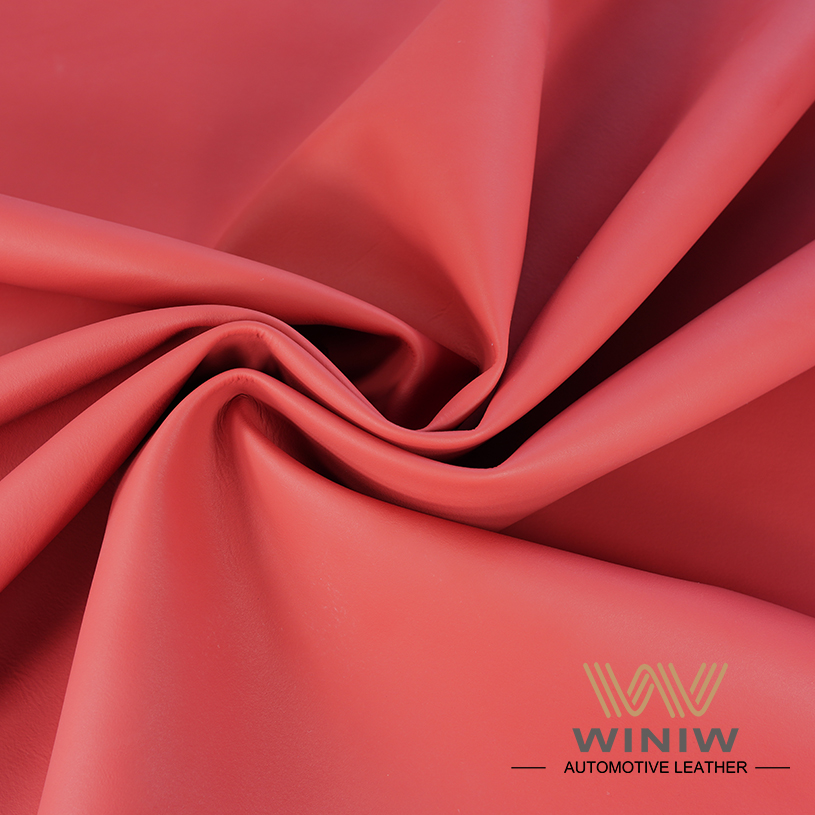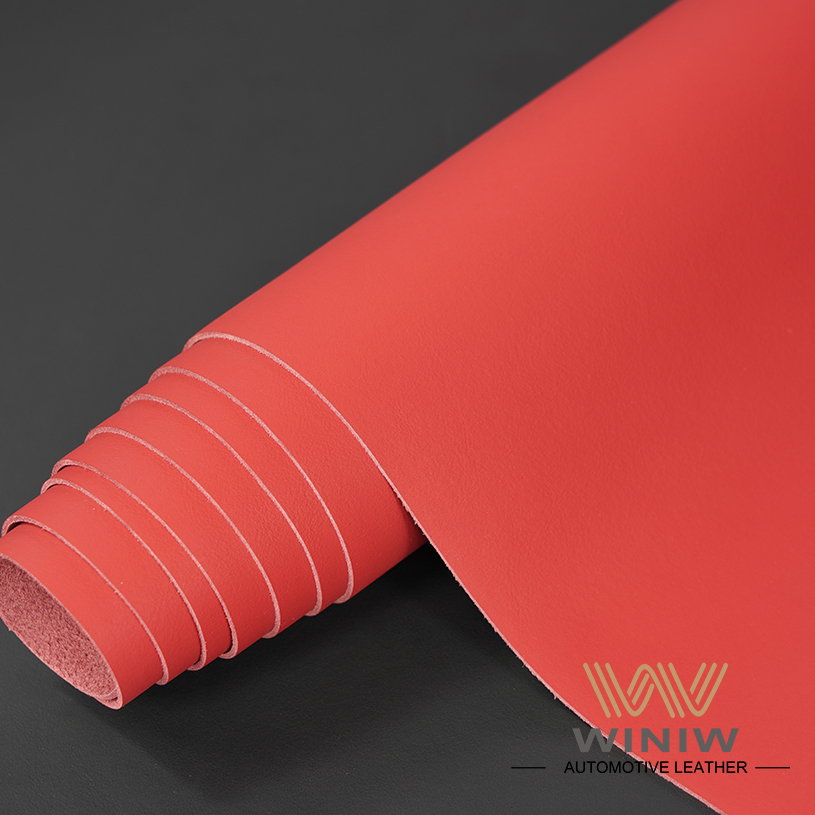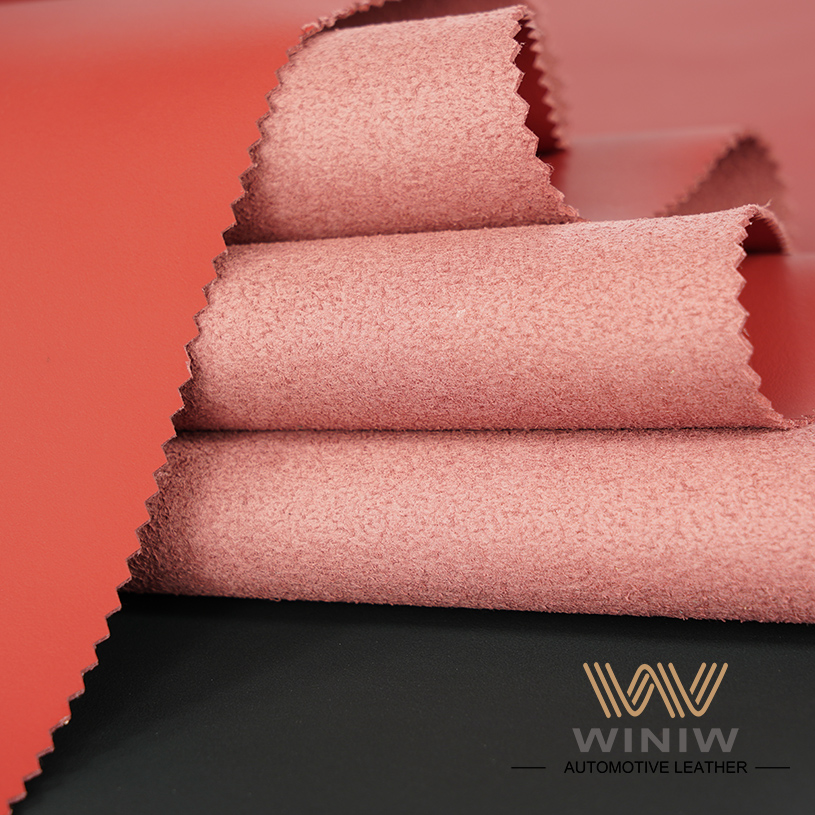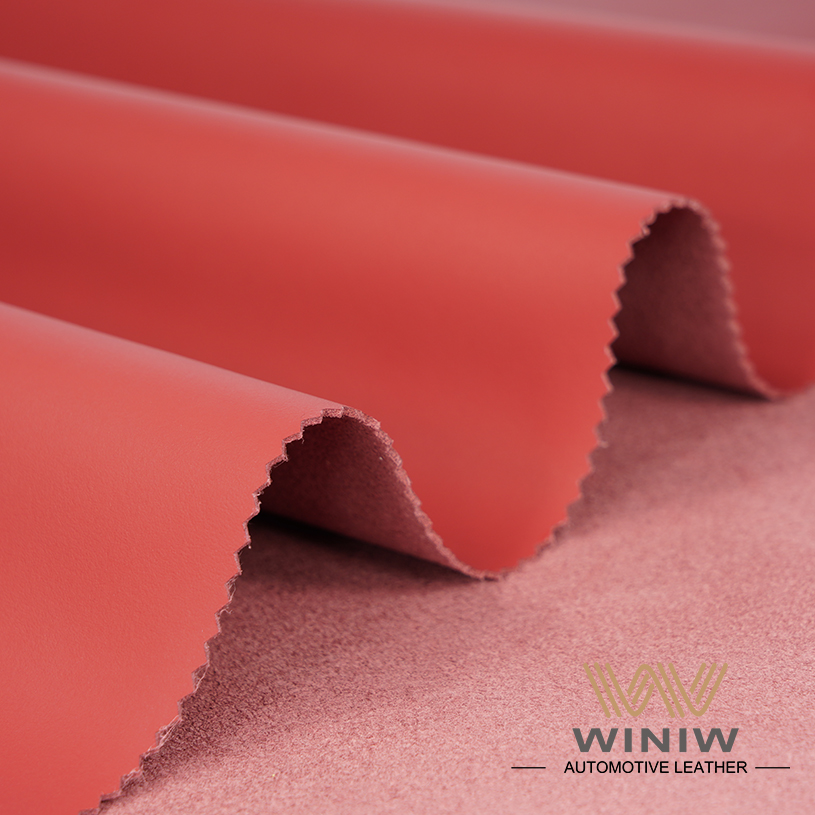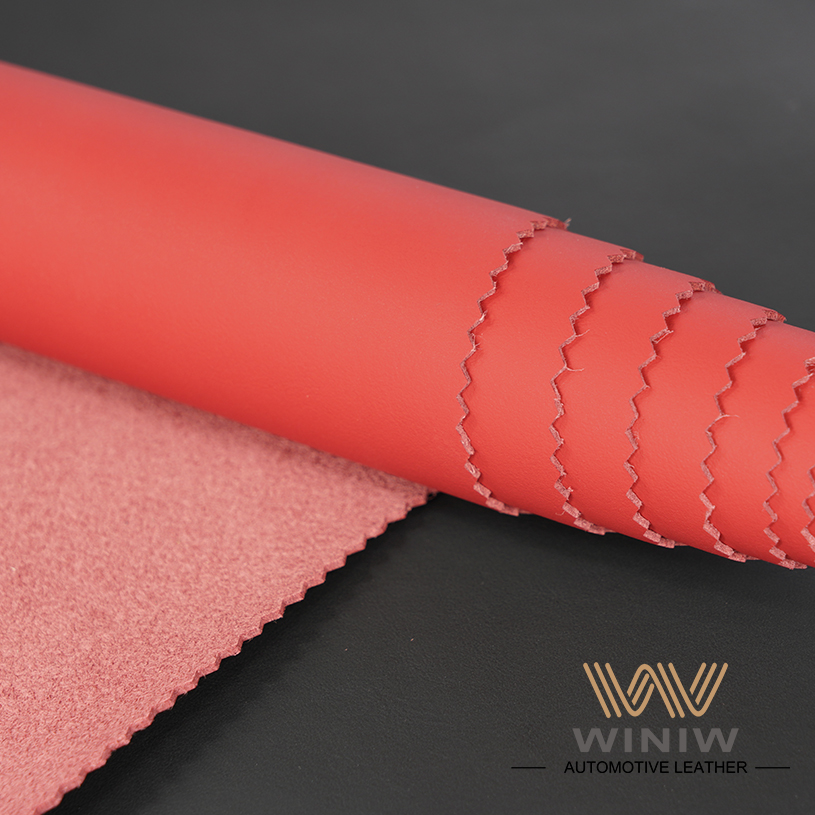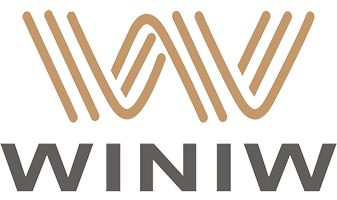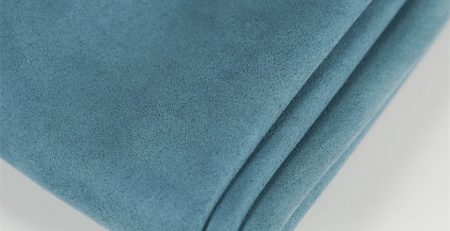Vendar, ko se usnje dodatno nanese in ustvari večjo vrednost, sooča se tudi s številnimi izzivi: poleg zahtevnosti proizvodnega procesa zaradi nadgradnje notranjih funkcij in raznolikih potreb kupcev, the quality is also required to be more reliable and cost-effective. Development and delivery time is further reduced. This means that in the value chain triggered by leather, benefits and challenges coexist.
It is understood that the tools and solutions used in the development, design and processing of leather are relatively traditional. Na primer, in cutting, the current car leather cutting is not the responsibility of the interior supplier, but mainly by the tannery. Vendar, many tanneries currently use the stamping process. In simple terms, a mold is made according to the requirements. After the mold is qualified, the leather is punched and cut. This means that each new production requirement requires a new set of molds, which greatly reduces the flexibility, resulting in an increase in production costs and a waste of leather material. Poleg tega, in the cutting process, there are still many manufacturers or tanneries still adopting the manual cutting mode, on the one hand, the efficiency is relatively low, on the other hand, the skilled mechanic error rate will still exist. Zato, this “slow work and fine work” operation method has obviously not kept up with the rapid development of the market.
